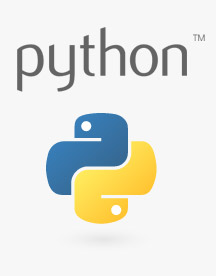Qwiic SHIM Kit for Raspberry Pi Hookup Guide
Contributors:
 bboyho
bboyho
Resources and Going Further
For more information, check out the resources below:
- GitHub
- Python Modules (i.e. Libraries)
- Qwiic SHIM Kit for Pi Demo Code

Looking for more inspiration? Check out these other Raspberry Pi projects and Python tutorials.:
Graph Sensor Data with Python and Matplotlib
Use matplotlib to create a real-time plot of temperature data collected from a TMP102 sensor connected to a Raspberry Pi.
Python GUI Guide: Introduction to Tkinter
Tkinter is the standard graphical user interface package that comes with Python. This tutorial will show you how to create basic windowed applications as well as complete full-screen dashboard examples complete with live graph updates from matplotlib.
How to Run a Raspberry Pi Program on Startup
In this tutorial, we look at various methods for running a script or program automatically whenever your Raspberry Pi (or other Linux computer) boots up.
nRF52840 Development with Arduino and CircuitPython
How to use Arduino or CircuitPython to develop applications for the nRF52840 Cortex-M4 Bluetooth SoC.
Raspberry Pi Safe Reboot and Shutdown Button
Safely reboot or shutdown your Raspberry Pi to avoid corrupting the microSD card using the built-in general purpose button on the Qwiic pHAT v2.0!
MicroMod RP2040 Processor Board Hookup Guide
This tutorial covers the basic functionality of the MicroMod RP2040 Processor Board and highlights the features of the dual-core ARM Cortex-M0+ processors development board. Get started with the first microcontroller from the Raspberry Pi Foundation!
Machine Learning @ Home Kit Hookup Guide
A living hookup guide with three different machine learning applications that will help you around the home as well as teach the basics of taking the examples of machine learning you find in the DLI Course and working towards deploying those projects beyond an example in Jupyter Notebooks!
Or check out some of these blog posts for ideas: